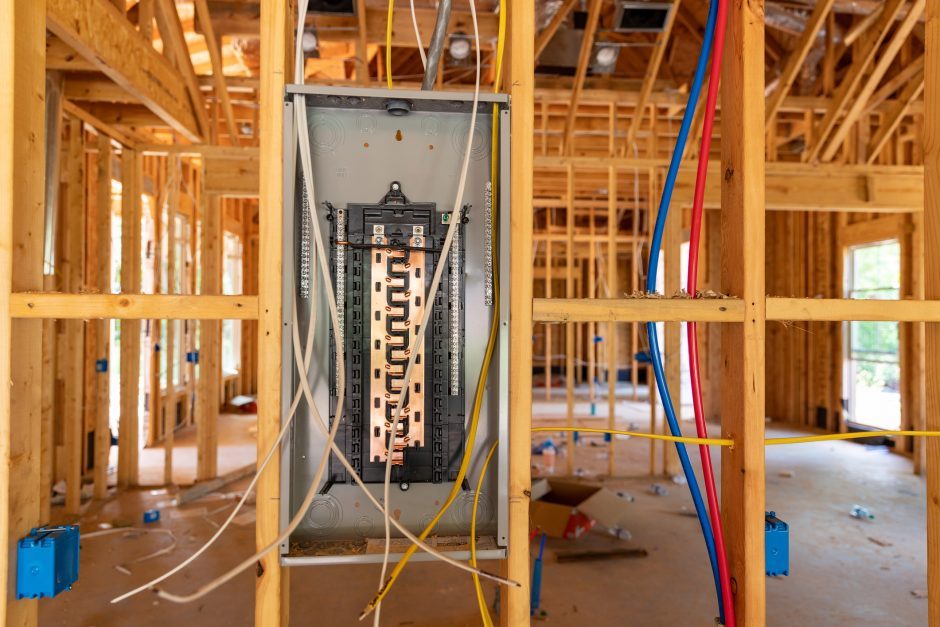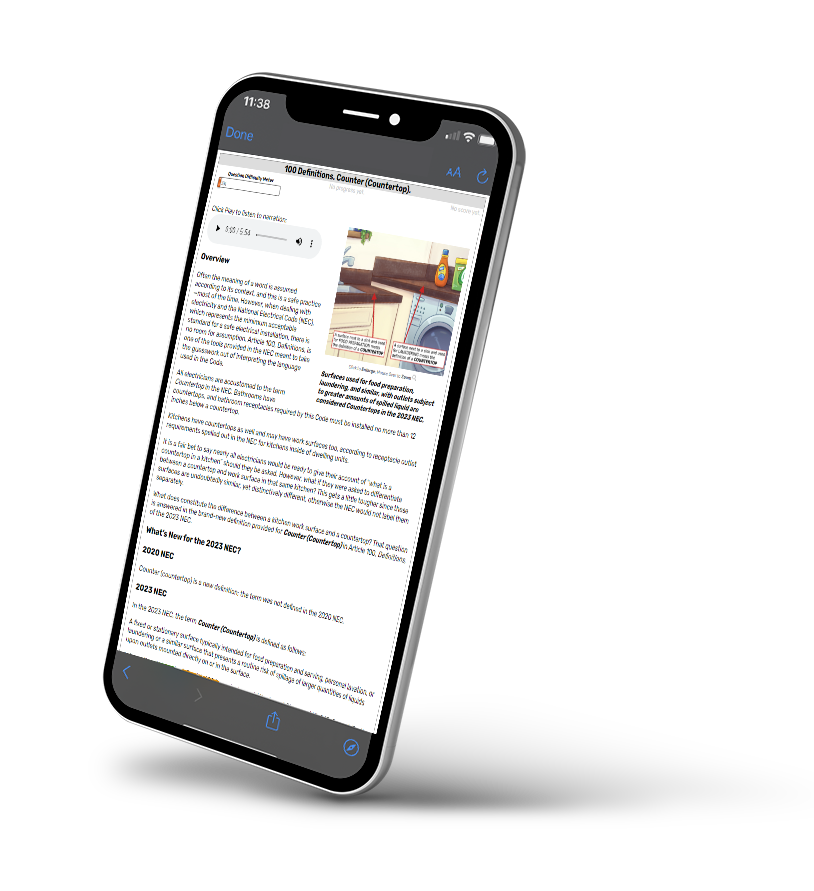Section 230.62(C), Service Equipment – Barriers

By: Robert Key | Mar 03, 2022
How have service equipment barrier requirements changed for the 2020 NEC? You may have noticed the physical barriers covering the main lugs in a typical service panel. In the 2014 NEC, barriers were required for all service switchboards and switchgear. In the 2017 NEC, service panelboards were added to the list of equipment requiring a physical barrier. The 2020 NEC has been expanded to require barriers on all service equipment. What is the purpose of this requirement, what constitutes service equipment, and why was the requirement moved from Section 408 to 230?
What is the purpose of this requirement?
While turning off the main breaker will de-energize the load side of the service equipment (typically a bus bar), the supply terminals remain energized. Inadvertent contact with energized terminals or conductors could result in a shock hazard or arc flash event, which would almost certainly result in severe injury or death to the worker.
For example, an electrician using a fish tape inadvertently meets an uninsulated conductor or lug. What is going to happen? Likely, an arc flash event with dire consequences. The physical barriers required by the Code minimize the possibility of this happening. Barriers are an important safeguard for the worker, homeowner, or code enforcement personnel.
What is considered service equipment?
According to the 2020 NEC Article 100, service equipment is defined as follows:
Service Equipment: The necessary equipment, consisting of a circuit breaker(s) or switch(es) and fuse(s) and their accessories, connected to the serving utility and intended to constitute the main control and disconnect of the serving utility.
Per this definition, service equipment would include but not be limited to:
- Enclosed circuit breakers
- Motor control centers
- Transfer switches (marked as suitable for use as service equipment)
On the other hand, the meter socket and enclosure are not considered service equipment, and hence no barriers are required. This portion of the electrical system is under the control of the utility companies, which are not required to follow NFPA (National Fire Protection Association) 70 (aka, the NEC).
Why has this requirement been moved?
This requirement was previously found in Section 408.3(A)(2) and required non-conductive barriers in service panel boards, switch boards, and switchgear. For 2020, the requirement was relocated to Section 230.62(C) and requires barriers for all types of service equipment. This is a logical change, since the hazards that prompted the barrier requirement in Section 408 for service switchboards, switchgear, and panelboards also exist in other kinds of service equipment. For example, a transfer switch marked as “suitable for use as service equipment” presents the same hazard. Now, they all must meet the new requirement.
The specific Code language found at NEC 2020, Section 230.62(C), reads as follows:
Barriers shall be placed in service equipment such that no uninsulated ungrounded service bus bar or service terminal is exposed to inadvertent contact by persons or maintenance equipment while servicing load terminations.
When this requirement was initiated in 2017 for service panelboards, there was an exception to the rule for panelboards with multiple service disconnecting means, as it would be difficult to create barriers for two to six means of disconnect in a single enclosure. The exception has been removed in the 2020 NEC. Now, Section 230.71 says that two to six disconnecting means are no longer permitted to be in the same enclosure. If they are present, they must each be in separate enclosures.
This new requirement becomes mandatory when your state adopts the 2020 NEC. Installers and AHJ’s must ensure that older equipment that may be in the inventory of the supply house or the electrical contractor is not utilized. We must all work together to keep electrical professionals, homeowners, and maintenance personnel safe from hazards arising from the use of electricity.



The 2020 code does not apply to single family dwellings!